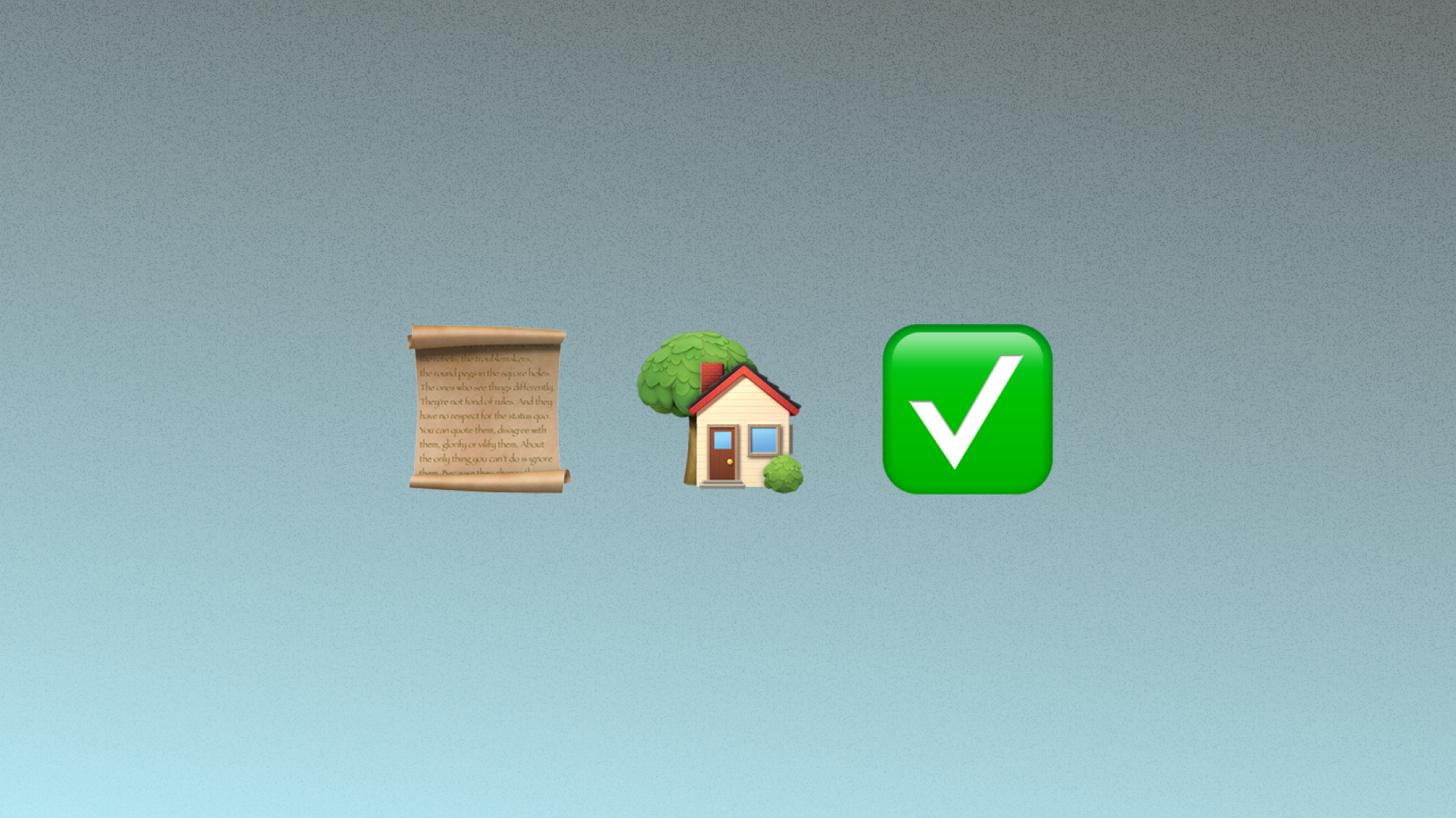Victoria Sharehouse Arrangements
•
2023-05-07
Navigating the world of sharehouses can be a bit overwhelming, especially when trying to understand the different types of tenancy agreements available. In Victoria, there are three primary sharehouse arrangements:
- Co-renting,
- Subletting, and
- Rooming houses.
In this blog post, we'll delve into the details of each type to help you make an informed decision on which tenancy arrangement is applicable to your living arrangement (and suits your lifestyle best).
Different Tenancy Types#
1. Co-renting#
Co-renting is the most common agreement for sharehouses in Victoria. In this arrangement, all tenants' names should be on the lease, which is governed by the Residential Tenancies Act 1997.
How bonds are paid#
In a co-renting agreement, each tenant pays their portion of the bond directly to the Residential Tenancies Bond Authority (RTBA). The bond is then held by the RTBA until the end of the tenancy, when it is refunded to the tenants if there are no claims for damages or unpaid rent. For a comprehensive overview of Rental Bonds In Victoria be sure to check out our blog post: Rental Bonds In Victoria.
Example of a Co-renting Arrangement#
A co-renting situation is most common when a group of friends or acquaintances decide to rent a property together. All tenants sign the lease agreement and are equally responsible for paying rent and maintaining the property. This means that if one tenant fails to pay rent or leaves the property early, the remaining tenants are still responsible for covering the full rent amount.
2. Subletting#
Subletting is another common sharehouse arrangement in Victoria. In this situation, one tenant, known as the head tenant, holds the lease agreement with the landlord, and other tenants sublet from the head tenant. The Residential Tenancies Act 1997 governs subletting arrangements, providing rights and protection to sub-tenants.
Additionally, a head tenant may choose to use a Common Law Agreement, also known as a Flatmate Agreement, which allows them to negotiate specific terms regarding the rented room.
How bonds are paid#
In a subletting agreement, the subtenant typically pays their portion of the bond to the head tenant, who then holds it on their behalf. The head tenant is responsible for paying the bond to the RTBA and managing any bond-related disputes or claims.
Example of a Subletting Arrangement#
A subletting situation often arises when a tenant needs to move out temporarily (e.g., for work or study) but wants to retain their lease on the property. They find a subtenant to live in the property and pay rent in their absence.
Do you need permission from your landlord to sublet?#
Yes, you do need permission from your landlord to sublet. It's essential to obtain the landlord's written consent before subletting.
How can I sublet my room?#
To sublet your room, follow a few essential steps, including obtaining your landlord's permission, finding a suitable subtenant, and creating a written agreement. For a comprehensive guide on how to sublet your room in Victoria, check out our blog post: How to Sublet Your Room in Victoria for Short Term Rentals.
3. Rooming House#
A rooming house is the least common sharehouse arrangement in Victoria, typically reserved for situations where a landlord operates a property with accommodation for four or more residents. This type of tenancy is governed by the Rooming House Operators Act 2016.
How bonds are paid#
In a rooming house situation, a bond is not strictly necessary, but if one is required, the maximum bond that can be asked for is 14 days' rent. The landlord must provide the tenant with a Bond Lodgement Form and a Condition Report, which the tenant has three days to return after signing.
Where does my bond go?#
If a bond is required in a rooming house arrangement, the landlord must lodge it with the RTBA within 10 days of receiving the payment. The bond will be held by the RTBA until the end of the tenancy, at which point it can be refunded to the tenant if there are no claims for damages or unpaid rent.
Your Rights#
Tenants in rooming houses have rights similar to those in other tenancy arrangements, such as the right to quiet enjoyment of the property, the right to a safe and habitable living space, and the right to privacy. Additionally, rooming house operators are required to comply with minimum standards for the property, such as adequate lighting, ventilation, and heating.
Example of a Rooming House Arrangement#
A rooming house might be run by a landlord who owns a large property with multiple bedrooms and shared living spaces. The landlord rents out individual rooms to tenants, often on a short-term or flexible basis, and may provide additional services such as cleaning, utilities, and furnishings.
Final Thoughts#
In conclusion, understanding the differences between the three main sharehouse arrangements in Victoria - co-renting, subletting, and rooming houses - can help you make an informed decision about the best living situation for your needs. Familiarizing yourself with the various laws and regulations governing each type of tenancy can also ensure that your rights as a tenant are protected.
If you're looking in Melbourne for a flatmate or a new place to rent, Sharehouse can help. Our platform connects renters with compatible flatmates and properties across Australia. Sign up today and find your perfect match!
Legal Disclaimer: This blog post is intended for informational purposes only and should not be considered legal advice or a substitute for professional legal counsel. The information provided in this post is accurate and current as of the date of publication. However, laws and regulations may change, and the content may not be updated accordingly. We strongly recommend consulting with a qualified legal professional before making any decisions based on the information provided in this post. Sharehouse and the author disclaim any liability arising from the use or reliance on this information.
